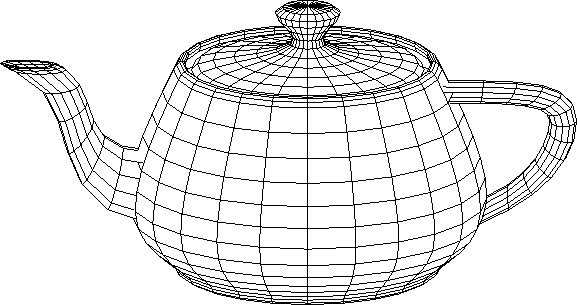
The ``computer revolution'' has slowed unexpectedly. This is due to lack of user acceptance of the current products, not due to hardware factors or cost.
A large part of the current computer culture evolved from the do it yourself movement. This led to the development of computer products which require direct control and skill to operate. The computer industry is no longer involved in ``automation''.
The society as a whole has moved away from the self-reliant, do-it-yourself, ethic toward a service economy.
Until products which can perform useful tasks without constant user control are produced, the market for computers will be limited to the do it yourself sector: comparable to the market for circular saws.
Building such products is very difficult and one cannot be assured of success when undertaking such a project. However, it may be no more difficult to create such products than to define successful dynamic user interfaces.
Customers want to buy ``robot slaves'', not power tools.
The market for such products is immense.
The Teapot is one of the classics of computer graphics. The teapot was originally hand-digitised as Bézier curves by Martin Newell, then a Ph.D. candidate at the University of Utah, in 1975. The control points for the Bézier surface patches were based on a sketch of an actual teapot on his desk. The original teapot now resides in the Computer Museum in Boston.Newell's teapot became famous through his work and that of Jim Blinn. The teapot has become one of the standard test cases for any rendering algorithm. It includes compound curves, both positively and negatively curved surfaces, and intersections, so it traps many common programming errors.
For the full history of the Teapot, please refer to IEEE Computer Graphics and Applications, Volume 7, Number 1, January 1987, Page 8, for Frank Crow's delightful article chronicling its history.
I typed in the control point data from that article and wrote a C program to generate an AutoCAD script that draws the teapot. The teapot was one of the first realistic objects modeled with the three dimensional polygons introduced in AutoCAD 2.6, and has served as an AutoCAD and AutoShade test case ever since.

Editor: John Walker